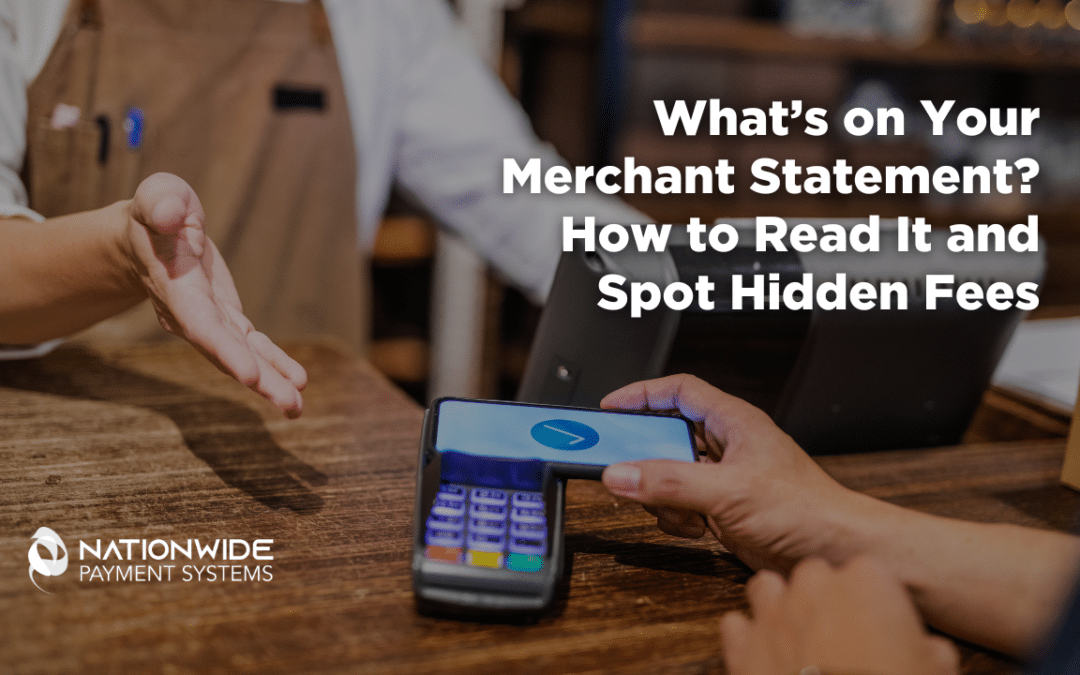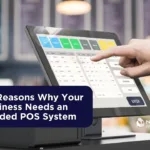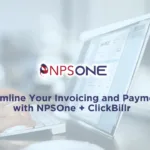How to Read Your Merchant Statement and understand how much you are paying!
Understanding your merchant services fees is essential for managing costs and optimizing the efficiency of your business. By learning how to thoroughly read your merchant statement, you can identify unnecessary charges, ensure transparent pricing, and reduce your overall payment processing costs. This comprehensive guide will help you break down your merchant statement and uncover all the fees you are being charged.
What Is a Merchant Statement?
A merchant statement is a detailed report provided by your payment processor. It outlines every transaction processed for your business and the associated fees. Depending on your transaction volume, these statements can vary in length and complexity.
Your merchant statement highlights the pricing structure used by your processor, whether it is 0% Dual Pricing, 0% Cash Discount, Surcharging, Cost-plus pricing, Tiered pricing, or Flat-rate pricing. Of these, cost-plus pricing is considered the most transparent and easy to understand. With cost-plus pricing, processors add their markup to the interchange fees set by card networks like Visa and MasterCard.
Zero percent (0%) programs are transparent as well since you are not paying the fees, and your fees are passed to the customers.
Understanding your statement ensures you are not paying excessive or unnecessary fees.
Credit Card Processing Fees are tax deductible, you should consult with your CPA/Accountant, so you are managing this properly.
Steps to Read and Understand Your Merchant Statement
1. Access and Review the Summary Section
The summary section of your merchant statement provides a high-level overview of your processing activities. Key components include:
- Reporting Period: The timeframe/month covered by the statement.
- Total Sales Volume: The total dollar amount of transactions processed.
- Total Fees: The sum of all fees deducted.
Use this information to calculate your effective rate, a critical metric for evaluating your payment processing costs. Take what you spent and divide it by total sales.
Example $40,000 in sales – $1400 in fees = effective rate 3.5%
2. Now you have Calculated Your Effective Rate
An effective rate higher than 2.5% may indicate you are paying too much. Average fees typically fall between 2.0% and 2.7% retail B2C merchants depending on your mix of debit and credit card transactions. Pin-based debit transactions tend to have lower fees, so businesses with a higher volume of these transactions will benefit from a lower effective rate. Also “Durbin” debit which is .05% and .22 cents will lower your effective rate. Internet/E-commerce merchants or businesses who are key entering will have slightly higher rates. If you are a B2B merchant your rates and be a bit higher as well.
Things that can affect your rates are your SIC code, making sure you are coded to the correct SIC code and save 10-40 basis points on Interchange, so it is important to have a correct SIC code and to make sure it matches your business type. This will prevent chargebacks as well. This is one of the things that we review with merchants to see if their transactions are “Qualifying for the best rates based on business type.”
3. Access and Review the Summary Section
Your merchant statement includes multiple sections that provide valuable data. Familiarize yourself with these components:
Deposits – You can be on Net Deposits – meaning fees are collected daily, this could be because you are a new business, high-risk or have a low credit score. Also, merchants on 0% programs typically are on Daily Discount.
Month End Discount – This means that at the end of the month all the fees are going to be deducted.
Deposit Summary
This section shows the net deposits made to your account after fees have been deducted. It represents your business’s “take-home pay.”
Fee Summary
Here, you will find a breakdown of all fees charged, such as:
- Interchange Fees (charged by card networks like Visa and MasterCard).
- Brand Fees and other fees from Visa, MasterCard, Amex and Discover
- Authorization Fees (for each transaction).
- Chargeback Fees (when customers dispute charges).
- Retrieval Request fees
- PCI Compliance fees
- PCI Non-Compliance fees – you should never pay this all you need to do is take 10-15 minutes to complete your SAQ.
Chargeback Summary
This section details any chargebacks, including the reasons for disputes and associated fees.
Always make sure you are responding to chargebacks and retrieval requests!
NPS provides our customers with guidance and instructions on how to do this if needed.
If you are high-risk or e-commerce merchant you should be enrolled in a chargeback program so you can use tools like RDR, Ethoca and CDRN. If you need more information about these programs contact us.
4. Break Down Transaction Fees
Transaction fees form the bulk of your payment processing costs. They typically fall into three categories:
- Interchange Fees: Fees set by card networks and passed through by your processor.
- Authorization Fees: Charged for authorizing each transaction.
Some processors may add hidden fees. Ensure you understand whether fees are flat-rate, percentage-based, or a combination of both.
At Nationwide Payment Systems we work with provide a transparent easy to read statement.
5. Verify Deposits and Settlement Timing
Compare the deposit summary on your merchant statement with your bank statements. This ensures that deposits align and that there are no discrepancies. Delayed deposits can negatively affect your cash flow, so address any inconsistencies with your processor promptly.
6. Do your Chargebacks and Disputes
Chargebacks can be costly and time-consuming. Carefully review the chargeback summary to understand why disputes occurred. Proactively addressing issues such as customer dissatisfaction or billing errors can reduce future chargebacks and their associated fees. Make sure you have a plan on how to receive, manage and reply to chargebacks. Do you have a chargeback service that you are using if you are doing non card present transactions or e-commerce? This is important if you have high volume. You can set up RDR, CDRN and Ethoca alerts for your merchant accounts.
7. Look for Additional Fees
In addition to transaction fees, your merchant statement may include:
- Monthly Fees: Regular account maintenance charges.
- PCI Compliance Fees: Costs related to maintaining Payment Card Industry compliance.
- Statement Fees: Charges for generating and sending your monthly statement.
- Junk fees: that are made up.
- Annual fee
- Non-PCI-Compliance fee
The Importance of Transparent Pricing
Transparent pricing is the foundation of a trustworthy partnership with your payment processor. Nationwide Payment Systems emphasizes clear, straightforward pricing to help businesses like yours optimize costs. Here is what you should expect from a processor offering transparent pricing:
1. Simple and Clear Statements
Your processor should provide easy-to-read statements that clearly outline all fees, without confusing or hidden charges.
2. Cost-Plus Pricing Model
A cost-plus pricing model ensures you are only paying a fixed markup on top of the interchange fees, making it easier to understand and manage your costs.
3. No Hidden Fees
Avoid processors that tack on unnecessary fees. Transparency means all costs are disclosed upfront.
4. Regular Fee Reviews
Nationwide Payment Systems offers regular fee reviews to help you identify opportunities to save on processing costs.
We provide a custom approach so it is not one size fits all, we design a pricing structure that will meet your business needs along with the technology you need to run and grow your business.
The Benefits of Partnering with a Payment-Agnostic Provider
Choosing a payment-agnostic solutions partner offers unparalleled flexibility and cost-efficiency. Here is why it matters:
Choice and Flexibility
A payment-agnostic provider allows you to choose the hardware and payment methods that work best for your business, from contactless payments to mobile wallets.
Cost Efficiency
By comparing processors, you can secure competitive pricing and reduce transaction costs
Seamless Integration
Payment-agnostic solutions integrate with a variety of hardware and software, enabling you to offer the latest technology to your customers.
Enhanced Support
Flexible Solutions partners provide tailored support to meet your specific business needs.
We do all the work for you to match with the best processor and bank for your business needs and address your technological needs as well. So that you get the best customer service experience possible for your business.
Understanding your merchant statement and ensuring transparent pricing are critical to managing your business’s payment processing costs. By regularly reviewing your statement, calculating your effective rate, and identifying unnecessary fees, you can take control of your costs and boost your bottom line.
Nationwide Payment Systems is committed to providing transparent pricing, reliable support, and flexible solutions. Partner with us to streamline your payment processes and unlock your business’s full potential.
CLICK HERE TO FIND MORE ABOUT OUR PROGRAMS









